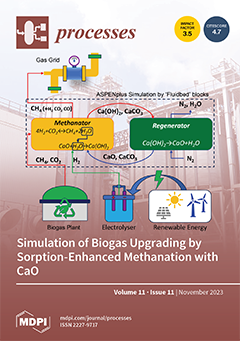The tillage method in farming systems is essential to develop strategies to increase fertilizer uptake by plant roots and to avoid environmental pollution. The field study aimed to investigate the characteristics of nitrogen and enzyme activities in rhizosphere soil with different tillage methods. Four treatment plots applied with fertilizers were established: continuous rotary tillage (CR), plowing-rotary tillage (PR), continuous no-till (CN) and ploughing-no-till (PN). The total content of nitrogen in chernozem was high during early stages of plant growth, and then it decreased with the maize growth. In the rhizosphere soil, the total N accounted 1314.45, 1265.96, 1120.47, 1120.47, 1204.05 mg·kg
−1 of CR, PR, CN, and PN, respectively, which were markedly greater than that of non-rhizosphere soil (1237.52, 1168.40, 984.51, 1106.49 mg·kg
−1 of CR, PR, CN, and PN, respectively). At first growth stages, content of NH
4+-N and NO
3−-N in two soil regions was low, then increased gradually, which followed the order of CR < PR < PN < CN. The rhizosphere soil showed slightly higher concentration of NH
4+-N and NO
3−-N than non-rhizosphere. The soil enzymes were more active in the rhizosphere soil than that of non-rhizosphere during the whole maize growth stages. Due to minimal damage to the soil environment and optimal soil moisture and temperature, the urease and catalase activities were greatest in the rhizosphere for CN treatment. Therefore, CN was recommended to be used by farmers for the improvement of macronutrient availability and soil enzyme activities in the soil.
Full article





